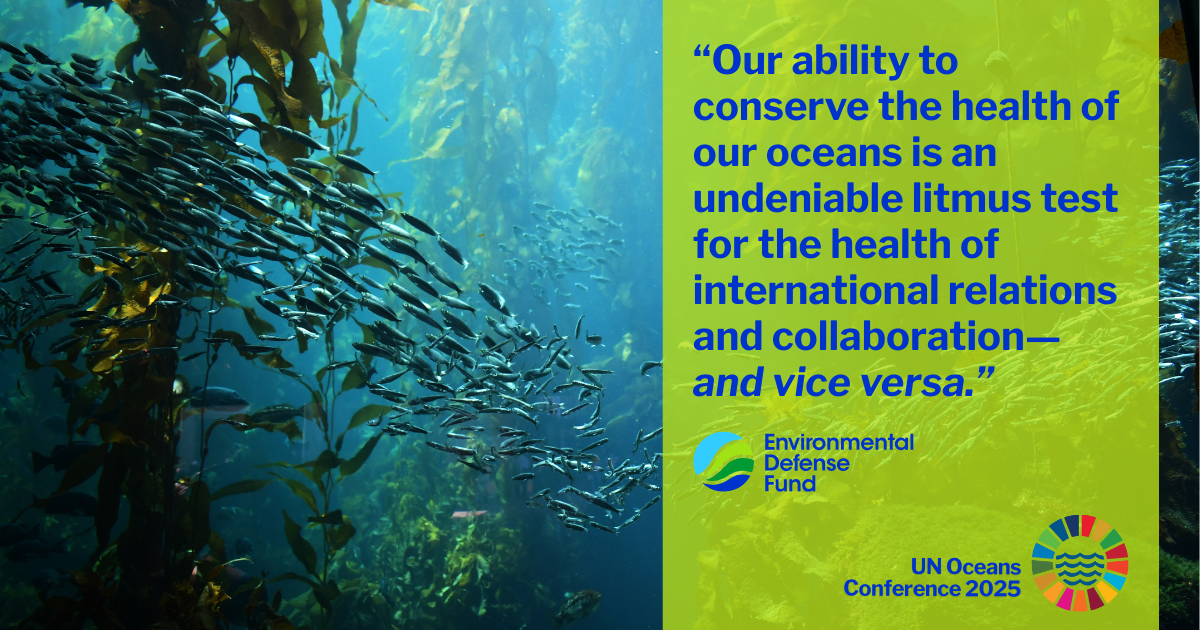New Ocean Health Index Puts Focus on Fisheries
To manage anything well, you’ve got to measure it. And you’ve got to make sure you are measuring the right things. The new Ocean Health Index puts us on a path toward both of these goals.
The fact that the ocean scores only 60 out of 100 on the Ocean Health Index is good to know – it means that we humans are not doing a very good job in ensuring that the ocean provides the many benefits that it is capable of providing. It’s a little like finding out that your car is only producing 60% of its maximum power output, or that your garden is producing only 60% of the tomatoes that it could be producing. You know that something is not right.
When you break the overall score down, it’s clear that we are doing a particularly bad job getting food out of the ocean (score = 24 out of 100). Although overall seafood production is up, most of it now comes from farms that feed fish that we don’t eat a lot of (so – called forage fish like sardines and anchovies) to fish that we like to eat (like salmon and shrimp). The problem is that the process of farming converts large amounts of forage fish into much smaller amounts of salmon and shrimp. And the less forage fish we leave in the ocean, the less food there is for dolphins, albatrosses, sharks and the other wildlife that grace the ocean and enrich our existence.
The other way that we are getting it wrong on seafood production is that a lot of fisheries are not producing nearly as much as they could be, ironically because we’ve taken too much, too fast. Fisheries are renewable resources, but in order to produce good yields over many years, it’s critically important to leave enough fish in the water to produce the next generation. Of the 30% of the world’s fisheries that have been assessed, it’s clear that we have been taking too much- resulting in high yields initially but low yields subsequently.
The good news is that more and more fisheries are getting it right. More than half of the world’s scientifically assessed fisheries are producing their maximum sustainable harvest. Many of these fisheries use catch shares, in which scientifically determined catch limits are divvied up among fishermen or groups of fishermen or fishing communities. Well-designed catch shares generally result in greater compliance with catch limits, reduced waste, higher revenues and lower fishing costs – so good yields can be obtained sustainably, and fishermen can make more money while playing their important role as stewards of the sea.
EDF and our partners have made great progress toward raising the U.S. fisheries score on the Ocean Health Index – over 50% of U.S. federal fisheries (by value) are currently managed under catch shares, overexploitation has plummeted and many stocks that were depleted are now rebuilding. But more work lies ahead. The vast majority of the world’s fisheries have not been assessed, so we don’t yet know the true state of the world’s fisheries. There are tools for rapidly and inexpensively assessing these fisheries, which is the first step toward fixing them. There is also a severe lack of governance in fisheries. There are tools to fix this problem too, including cooperatives, community fishing privileges, and area management – all based on the catch shares concept that fishermen need clear rights and responsibilities. This ensures that we can all benefit from their stewardship of the ocean. We need to apply these tools to as many fisheries as we can. A score of 24 out of 100 is pretty scary considering this is a resource that nourishes us both physically and spiritually.












